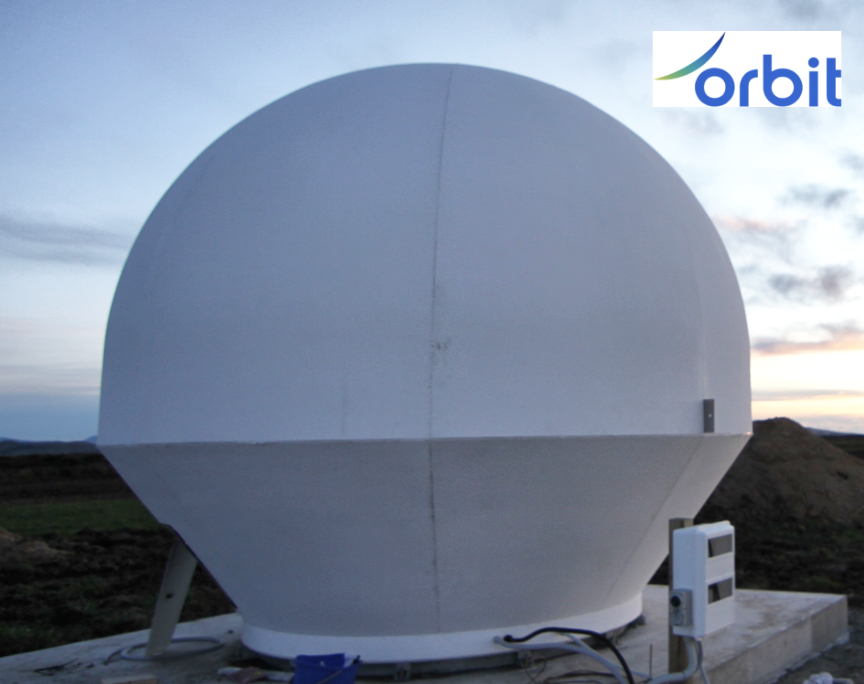
Orbit Communications Systems Ltd. (TASE: ORBI) has launched their Gaia 100 – an advanced, tri-band, Earth Observation (EO) antenna system – with an initial order secured from a significant, European customer.

Now with a new Ka-band capability in addition to the existing S- and X-band capabilities, the Gaia100 S-/X-/Ka-band is a highly innovative system and is able to track practically any EO NGSO satellites, thereby giving the operator the flexibility to work in all three frequency bands — simultaneously.
This new offering meets the growing demand in the observation satellite and Ground Station Antenna as a Service (GSAAS) operators markets for systems that are capable of downloading a large amount of high-quality and high-volume data from EO, LEO and MEO satellites.
Gaia100 is a series of terrestrial tracking systems for LEO and MEO satellites, with antenna sizes of 2.4 to 5.5 meters. The series is part of the Gaia product line, which includes EO tracking solutions with antenna diameters of up to 11 meters.
The Gaia100 tracking systems operate under a radome. They are characterized by high RF and accurate tracking performance, with the ability to operate in changing weather conditions, anywhere and at any time, with efficient power consumption and minimal maintenance. These features provide advantages in operation at non-residential sites.
“Ka-band is becoming more and more essential for high-volume data delivery and in the near future it is expected to become the main frequency band for data download,” said Daniel Eshchar, CEO of Orbit. “As a company that constantly develops innovative solutions, we are proud of our ability to already provide a response to the ever-increasing needs of the market. Our reputation for advanced solutions is already proven in the first order from a European customer, a growing leader in its field of providing global observation services, which is expanding its infrastructure to supply EO services and launches. They selected Orbit due to our track record of excellent performance and very high reliability in our world-leading systems. Our position as an industry leader in the field of EO satellite tracking and in the terrestrial satellite communication market strengthens our activities as we maintain our technological advantage and develop more advanced systems.”
Orbit Communication Systems Ltd. (TASE: ORBI), a global provider of airborne communications and satellite-tracking maritime and ground station solutions, is helping to expand and redefine how we connect. Orbit systems can be found on airliners and jet fighters, cruise ships and navy vessels, ground stations and offshore platforms. The company delivers innovative, cost-effective and highly reliable solutions to commercial operators, major air forces and navies, space agencies and emerging New Space companies.
